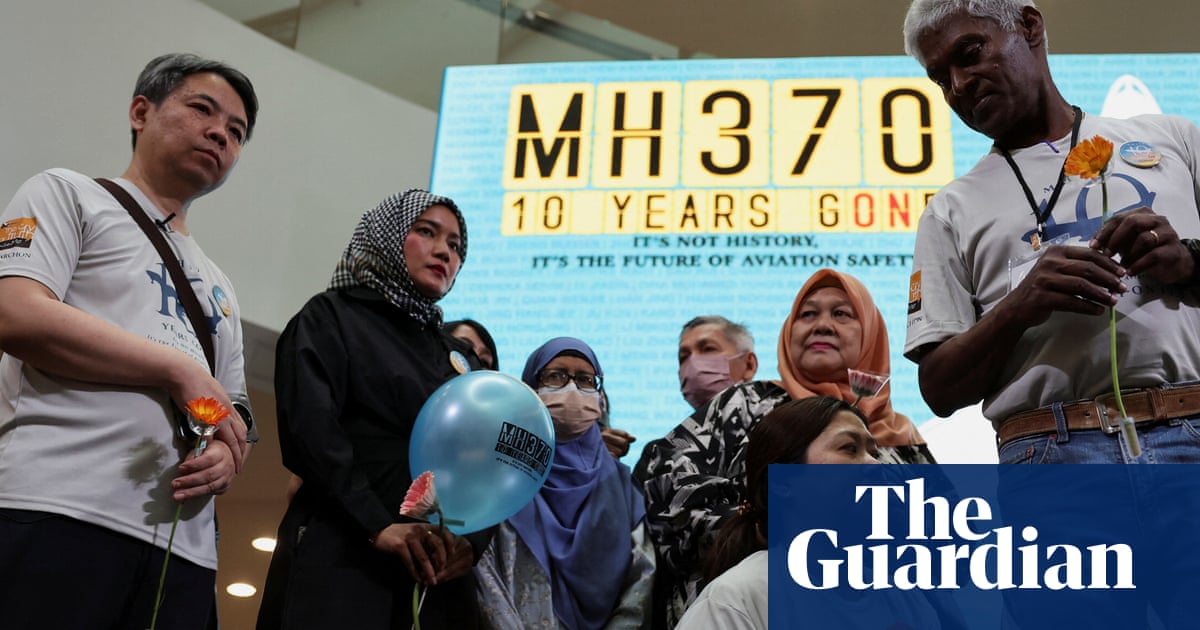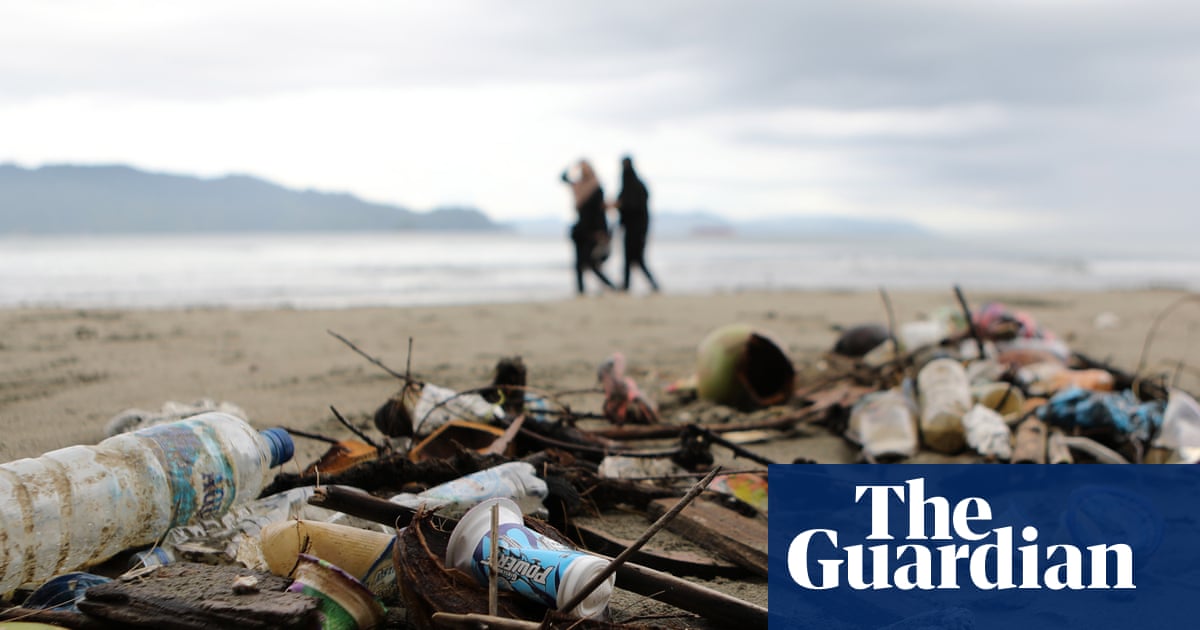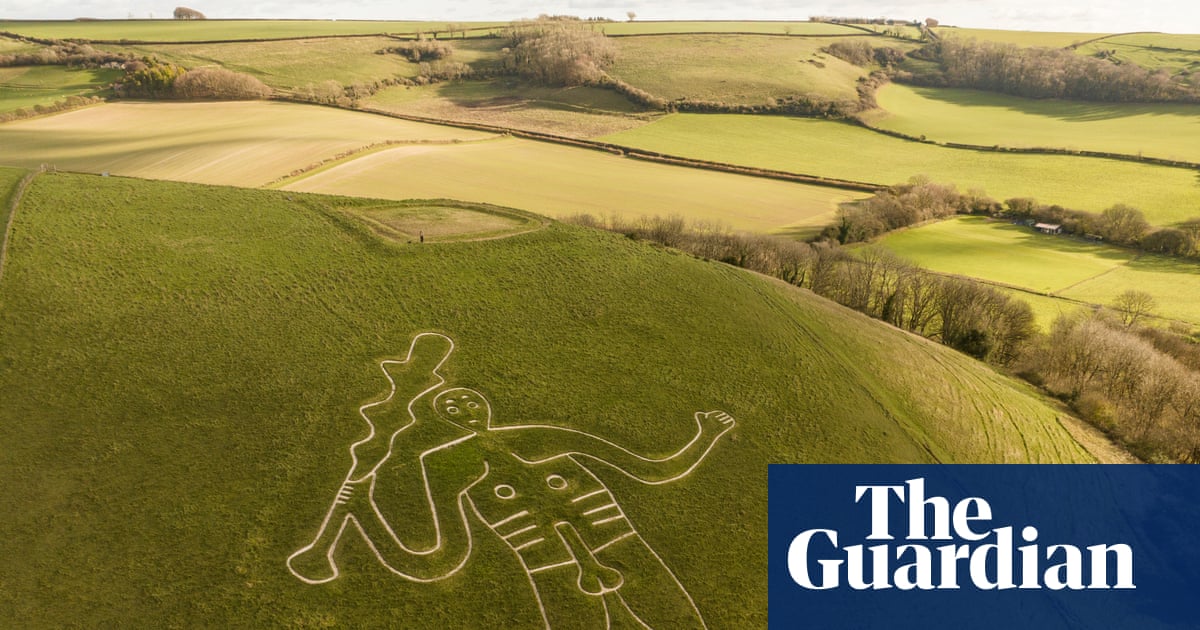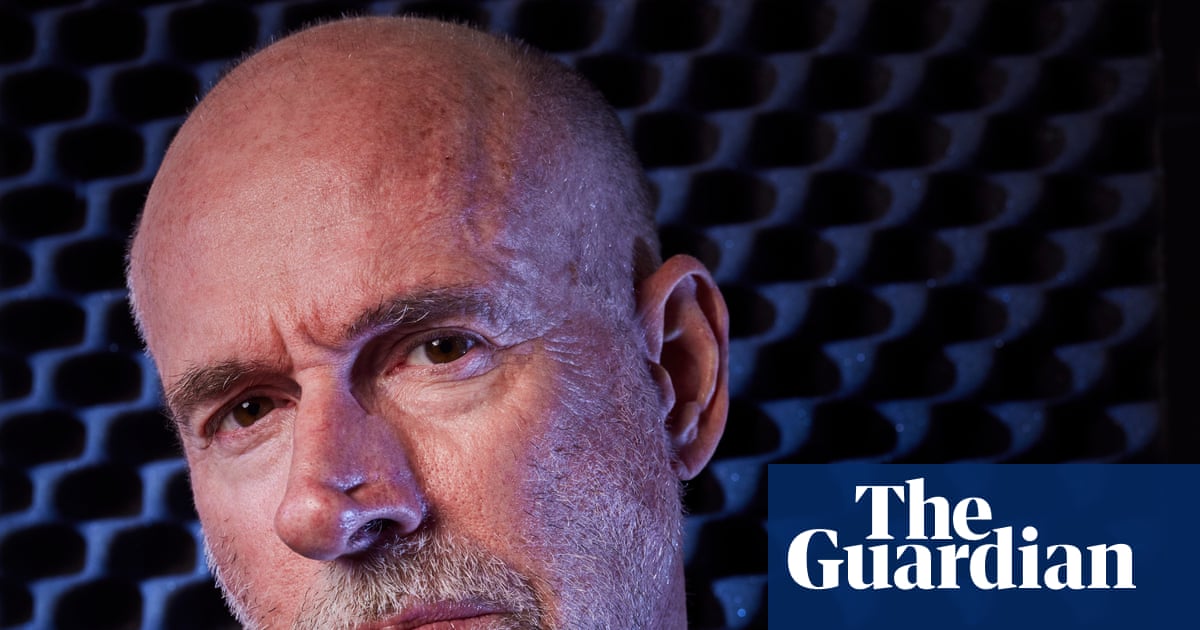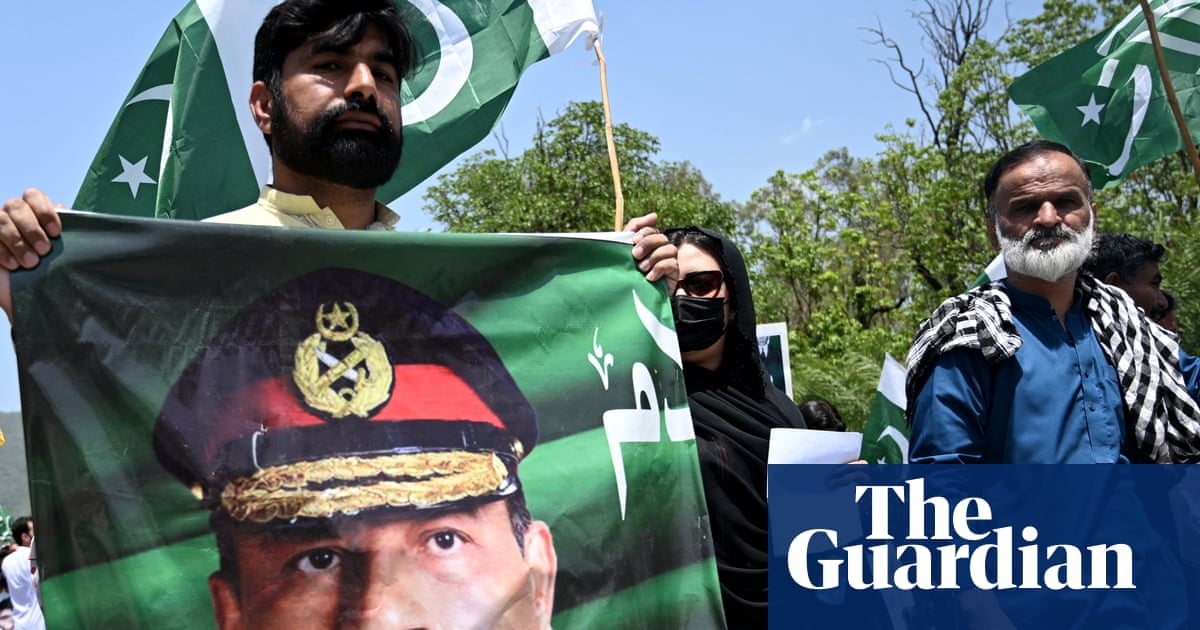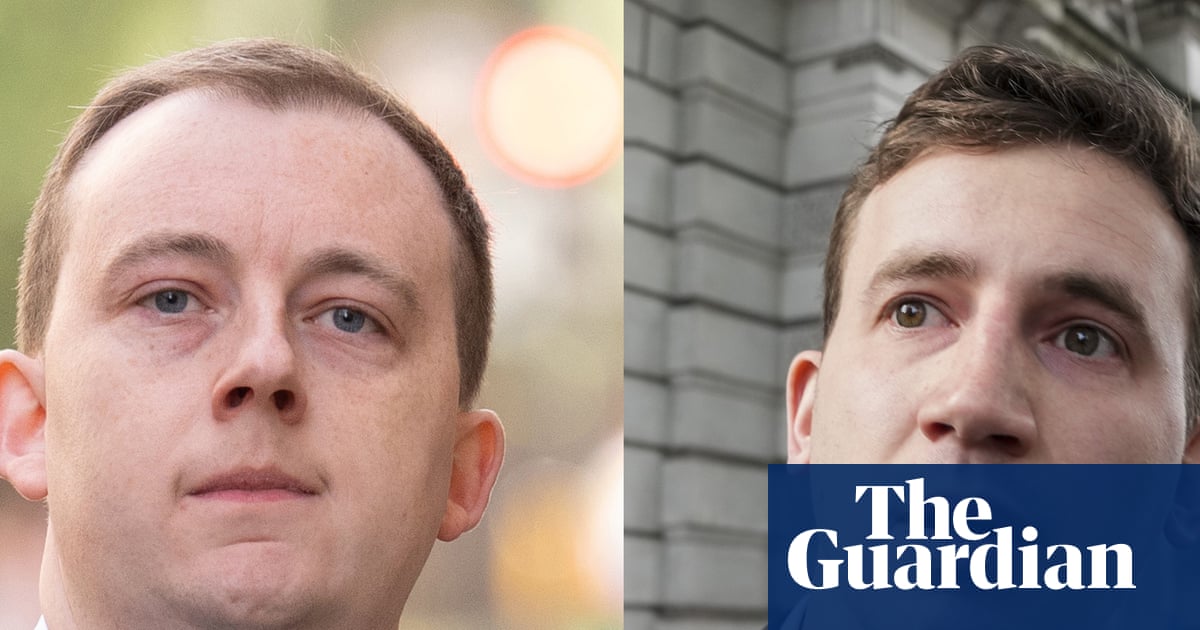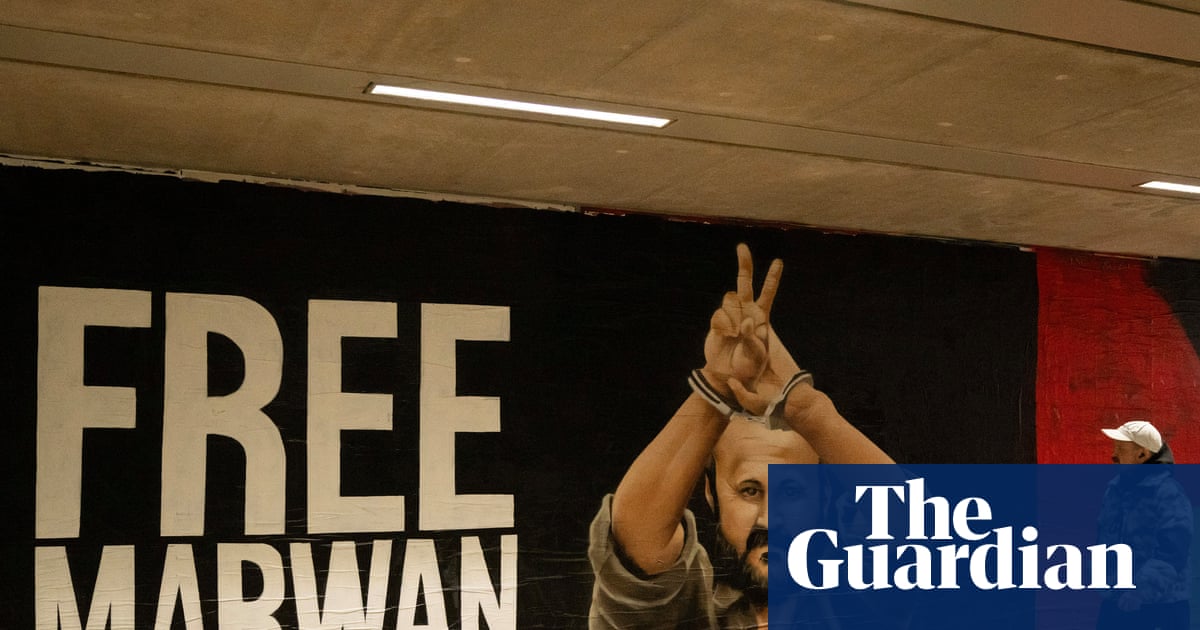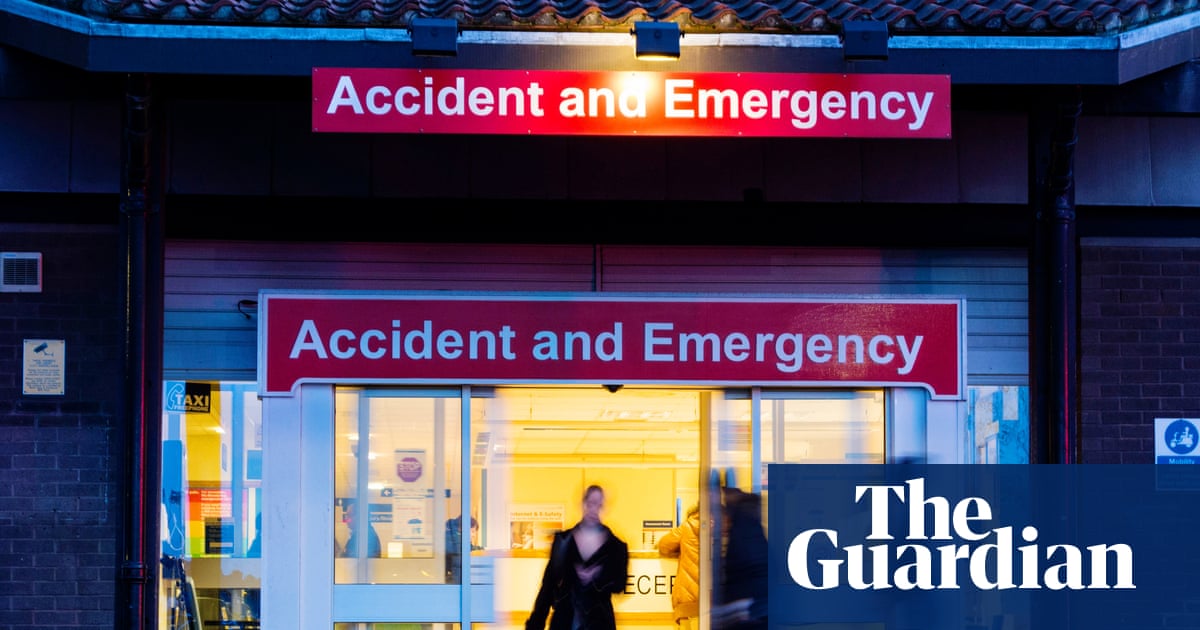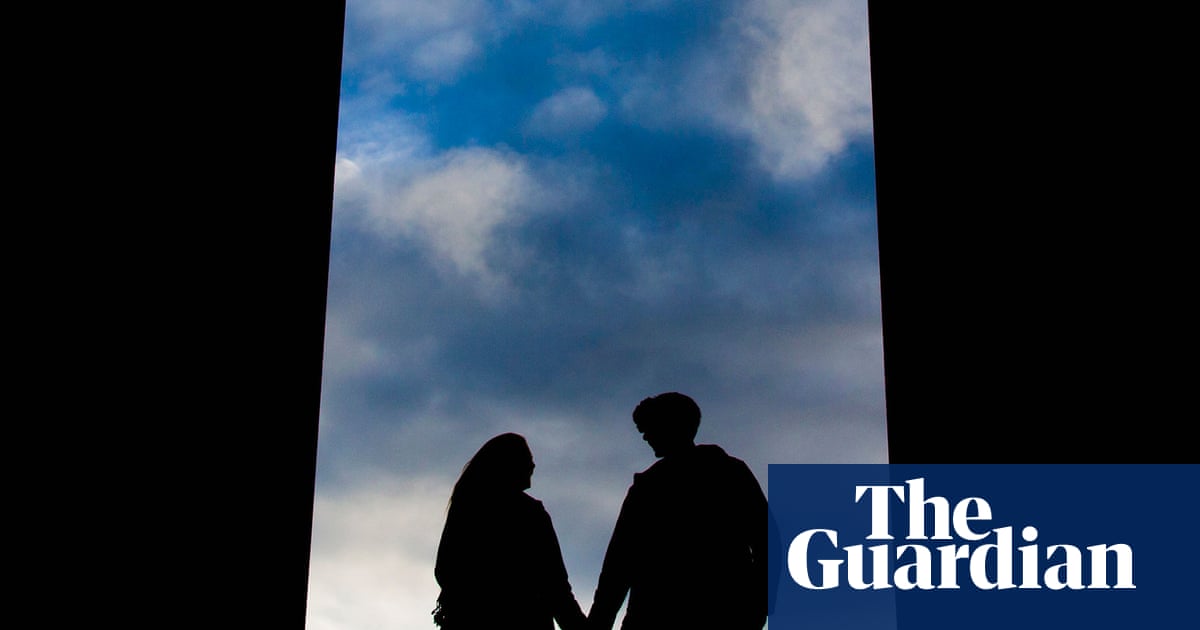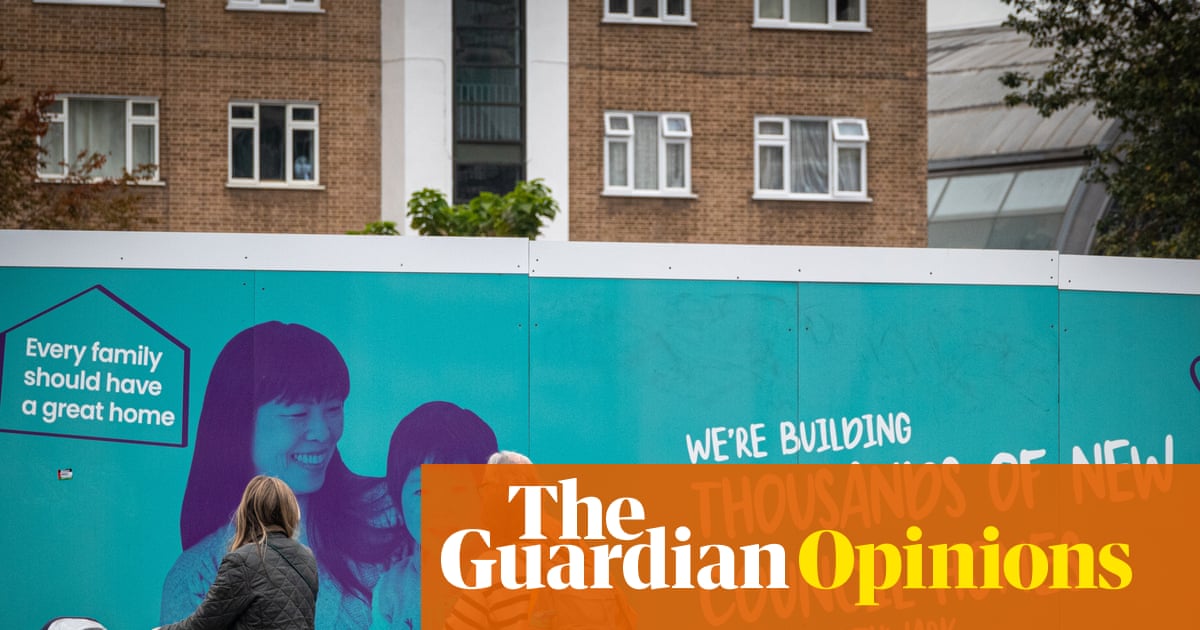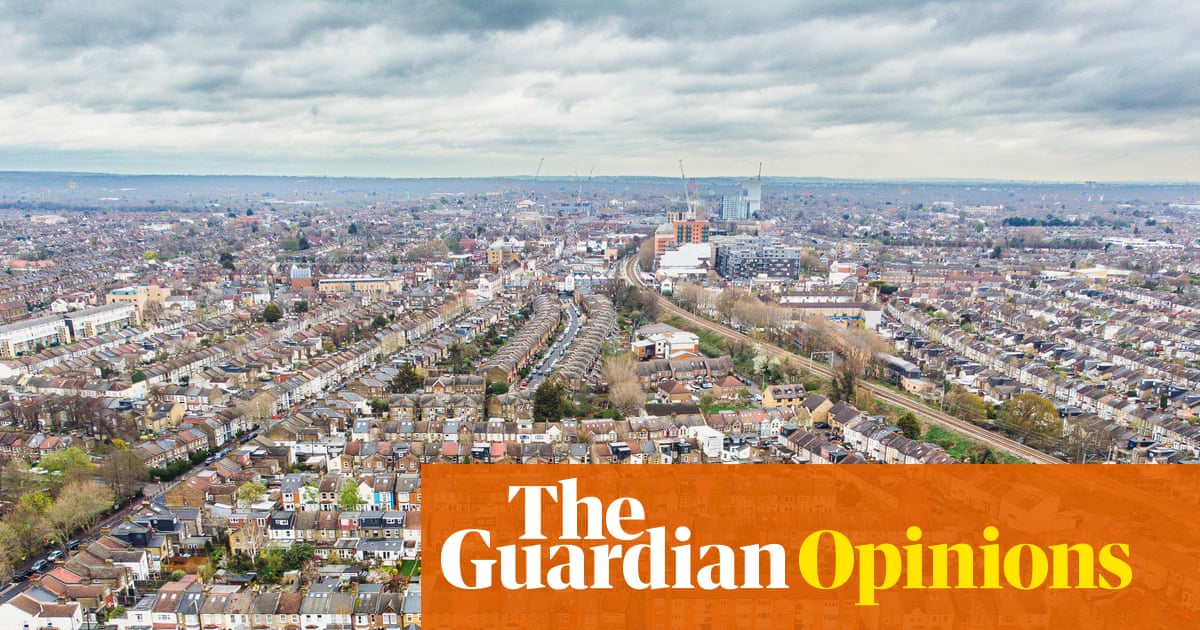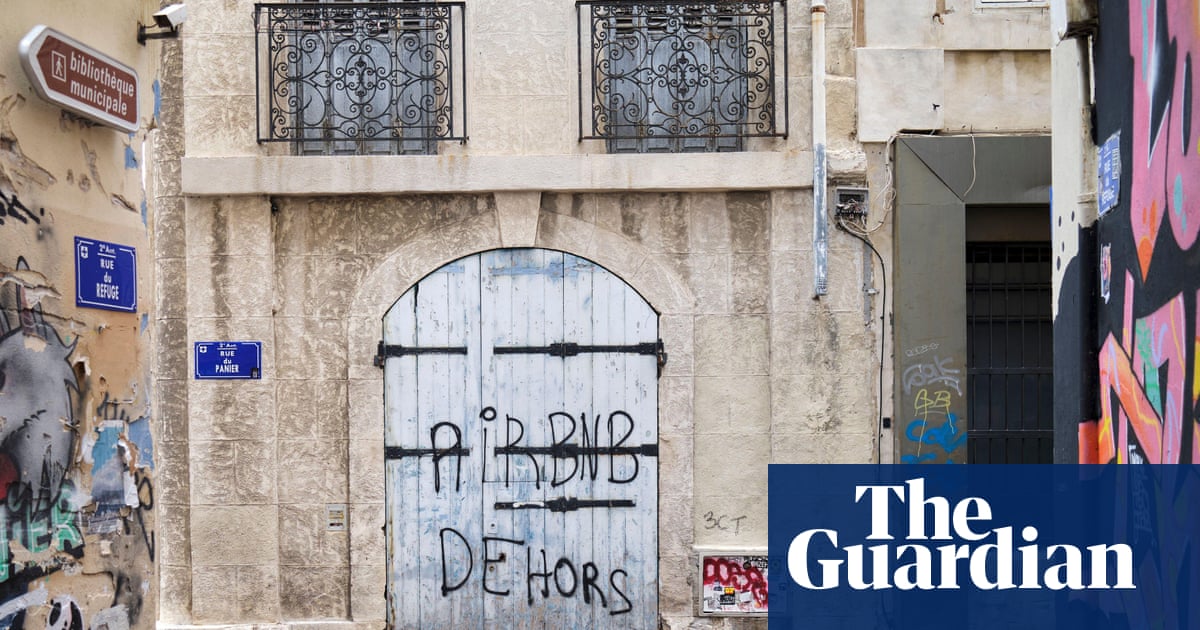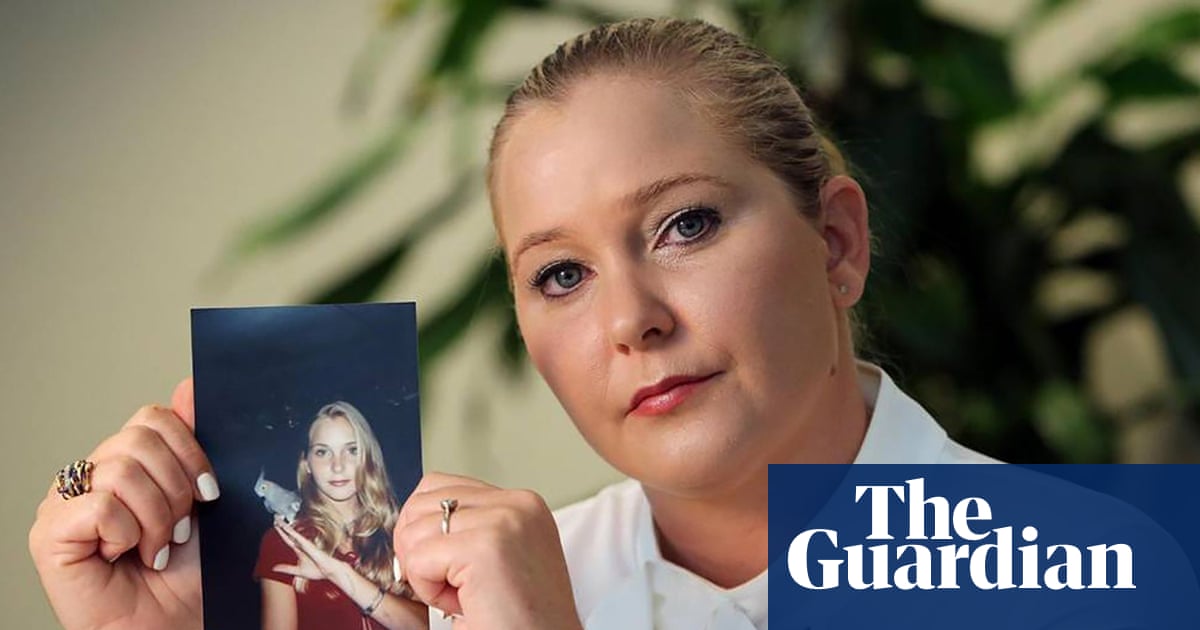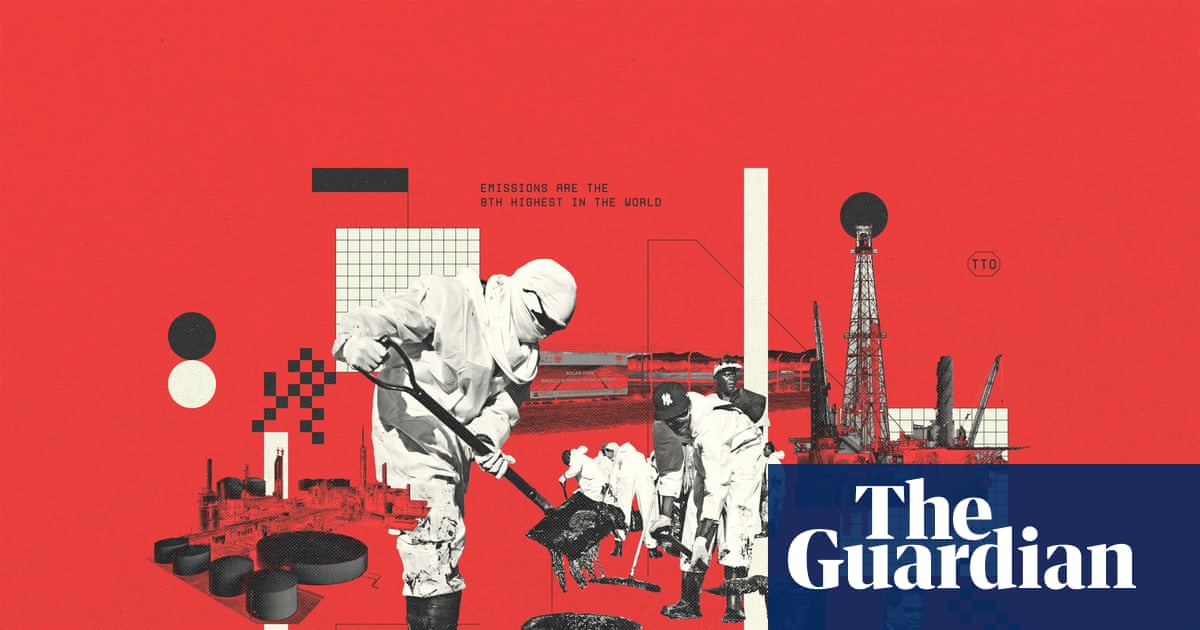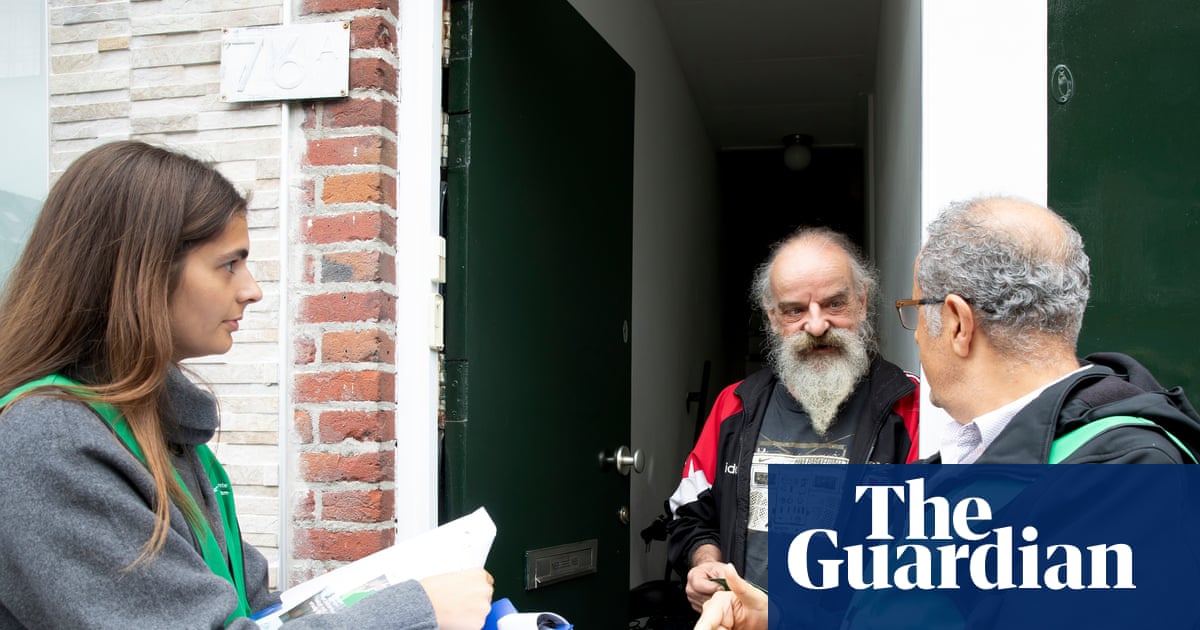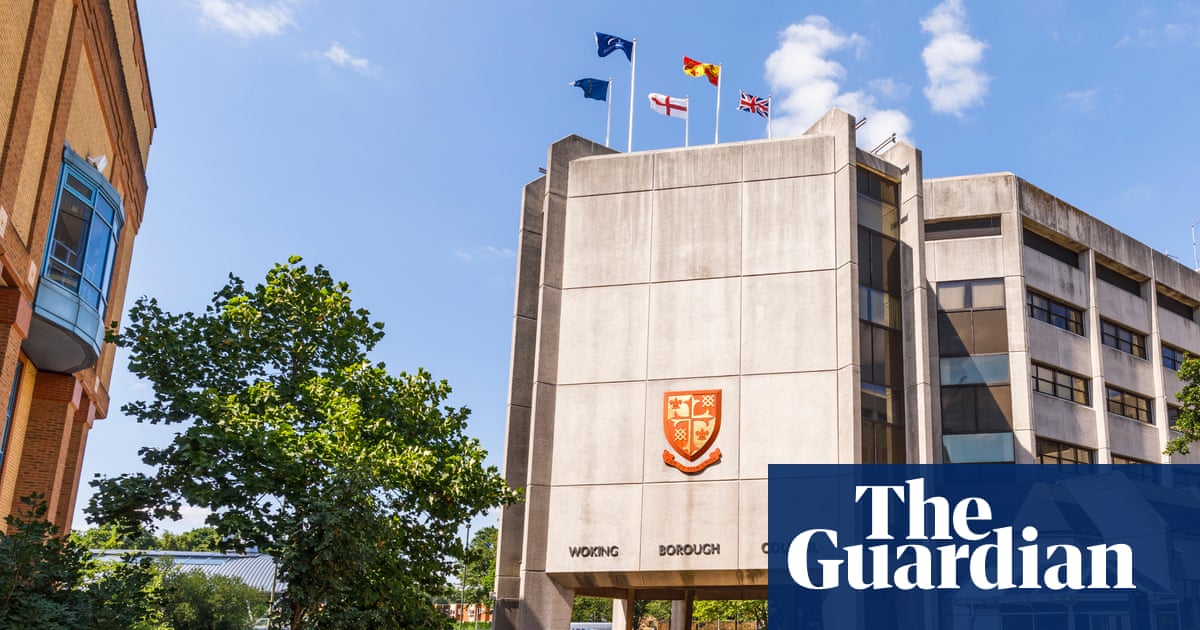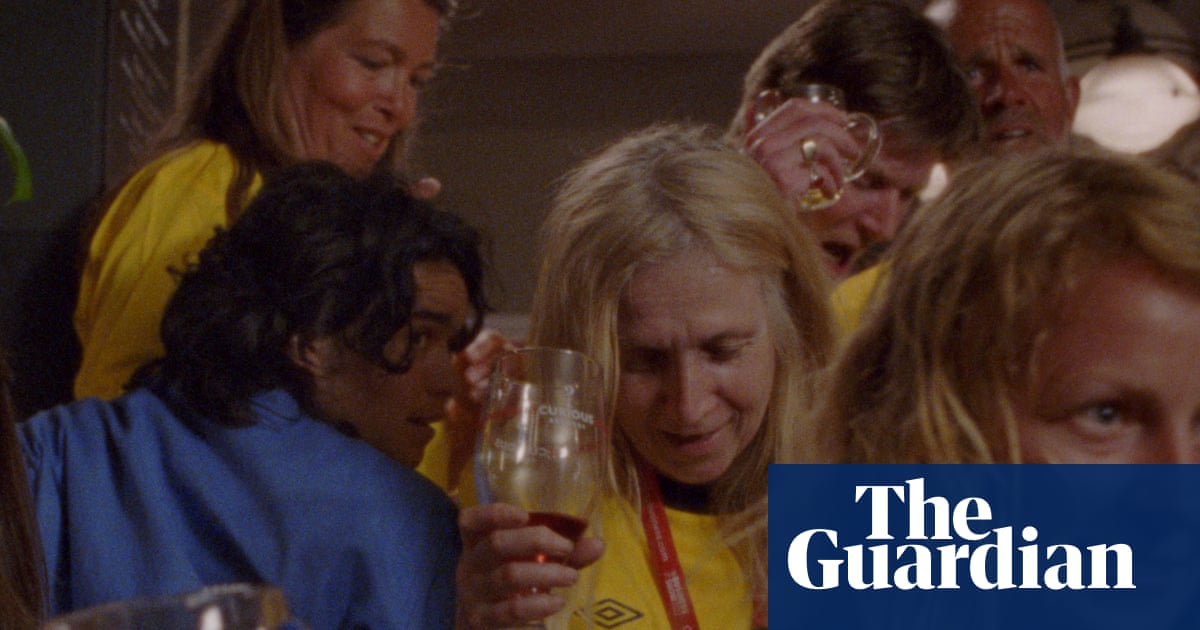Over the past two years in Gaza, the world has witnessed one of the worst onslaughts against a civilian population in recent history and has been unwilling or unable to stop it.
More than 66,200 people have been killed and nearly 169,000 injured, meaning that about one in 10 of Gaza’s Palestinian population have been casualties of Israel’s military campaign.
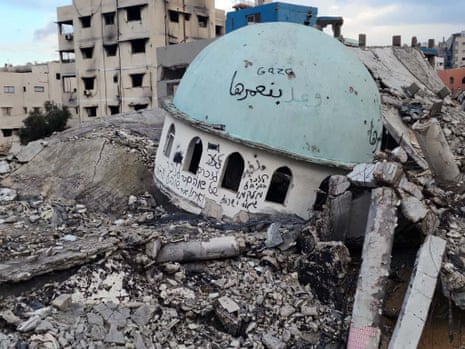
-
After the Israeli army destroyed a mosque and wrote on it in Hebrew, someone from Gaza wrote on the dome: ‘A promise we will construct it.’ Gaza City, 24 February 2025
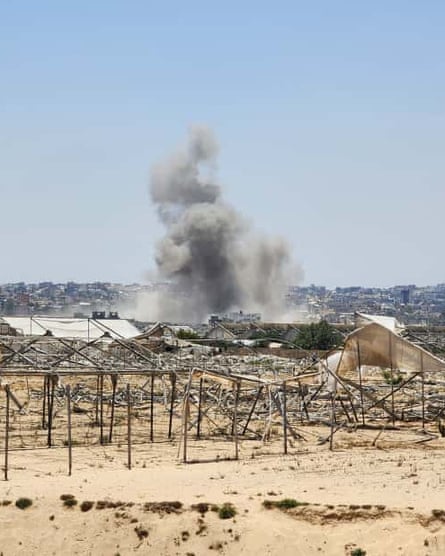
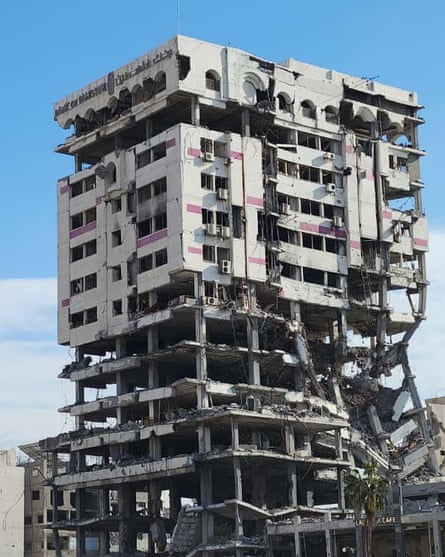
-
Left: Israeli bombs fall in Khan Younis, 18 June 2024. Right: the ruins of the Bank of Palestine in Gaza City, 24 February 2025
Israel says its target is Hamas but more than 80% of the deaths have been civilians. A UN human rights report has deemed that Israel’s actions in Gaza constitute a genocide.
The survivors have endured prolonged famine as a result of a deliberate Israeli policy of cutting off food supplies, and the Israel Defense Forces have made much of the Gaza Strip uninhabitable. According to a recent survey by the Hebrew University of Jerusalem, about 70% of Gaza’s buildings have sustained severe damage.
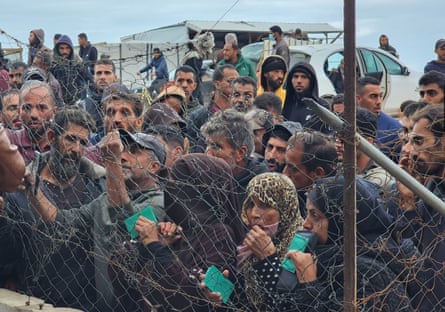
-
People hope to receive new tents in Khan Younis after theirs were lost to the tide, 25 November 2024
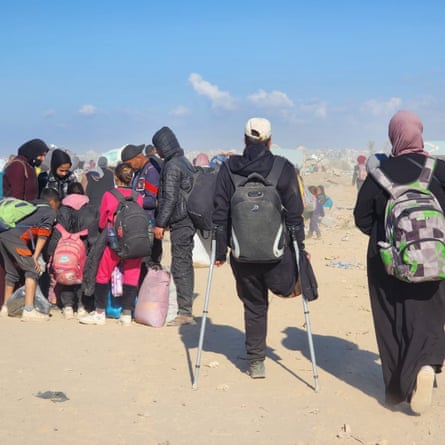
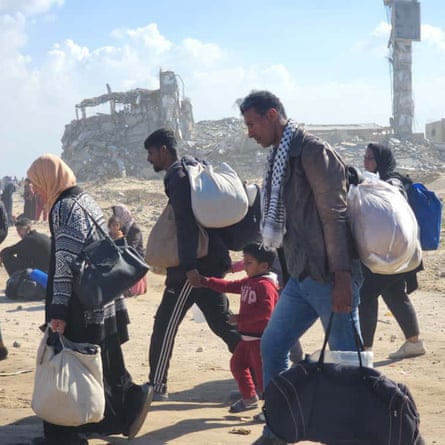
-
People return to southern Gaza with their belongings, 27 January 2025
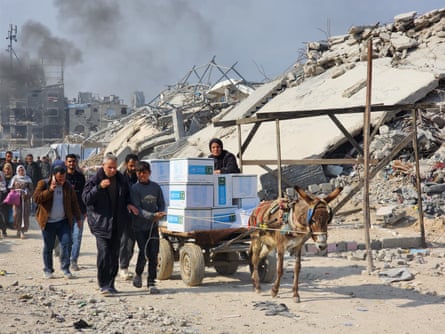
-
Life goes on amid the destruction of the Jabaliya camp, February 2025
The statistics are shocking but impersonal. Through her photographs, Enas Tantesh has recorded what those crude numbers mean in intimate terms – what it looks like when your home and community are pulverised.
Before the war started, with a deadly Hamas attack on Israel on 7 October 2023, Tantesh had never considered being a photographer. She was finishing high school and following in the footsteps of her father, a locally celebrated and widely beloved swimming instructor, and had started to teach children in her home town of Beit Lahiya.
However, as the Israeli bombardment took its toll and increasing numbers of Gaza’s journalists either fled or were killed, her older sister Malak began writing for the Guardian and other European newspapers. Around the same time, in the spring of 2024, Enas started taking photographs of the turmoil and devastation around her, equipped only with a Samsung mobile phone and a few tips from her father.
Her pictures taken over the next 18 months show an entire people reduced to nomads and scavengers on their own land.
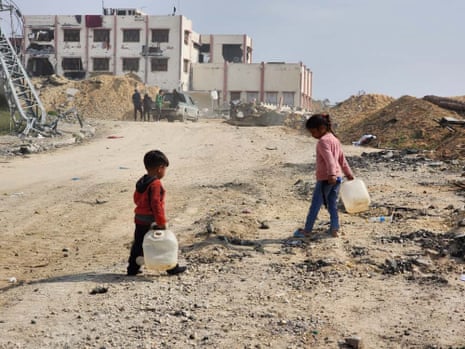
-
Children look for drinking water in Beit Hanoun, 3 February 2025
Nine out of 10 people of Gaza have been forced to leave their homes because of bombardment or Israeli evacuation orders. Like almost every other Palestinian family, the Tanteshes have had to pack everything they could carry, travel across Gaza to cram into a relative’s home, and then move again when that home came under fire, and then do so yet again.
The family have had to move 11 times, and in common with most people in Gaza they have ended up living in tents improvised out of bits of wood, cloth and plastic sheeting.
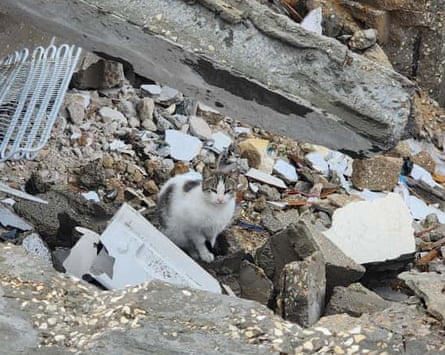
-
A cat sits in the rubble of a home in Beit Lahiya, 10 February 2025
Tantesh’s photos capture the impermanence, despair and constant insecurity of day-to-day life for a traumatised populace trudging through a ruined urban landscape. Following the direction of her eyes is a reminder that survival is not just about finding shelter and water and scraping just enough to eat. It is also about seeking out moments of normality and human connection whenever possible: eating with the family, children playing, or one of Gaza’s cats somehow retaining its elegance, immaculately groomed and aloof amid all the wreckage.





-
Clockwise from top left: Enas’s uncle tends to the plants around his tent in Rafah, 29 April 2024; Enas’s sister, Malak A Tantesh; fruit from the surviving orange trees on the family farm in Beit Lahiya, 31 January 2025; crops around the family’s tent in Khan Younis, 10 December 2024; Enas’s father hugs the tree he planted before the war began, in Beit Lahiya, 31 January 2025
Tantesh has faced suspicion and abuse while going about her work. Passersby sometimes wish death upon her, assuming she is one of an increasing number of people who shares images of other people’s suffering online, without context or permission, to fuel their personal fundraising efforts.
She was once detained by Hamas while on the street working. She was questioned about her motives and credentials but was freed after a brief interrogation.
In the course of the war, Tantesh has developed a thick skin and a steady nerve. On one assignment, she photographed a man being operated on for a stomach wound that had become infected in one of Gaza’s semi-wrecked hospitals. She was allowed into the cramped operating theatre on condition she would help pass surgical implements and swabs while the patient’s abdomen was opened up.

-
A patient undergoes surgery in Deir al-Balah, 29 September 2024
When a beachside cafe was shelled a block away from the temporary family home in Gaza City, Tantesh recorded the aftermath, taking pictures of what remained of its customers, too graphic to be published.
Like all Palestinians in Gaza, Tantesh has become inured to death. “It has become routine,” she said. “People see something terrible and just keep walking.”
Evidence has grown that Israel is targeting journalists in Gaza: 248 have been killed so far. Tantesh has learned to live with fear and how to mitigate risk, always keeping one eye on the sky for killer drones.
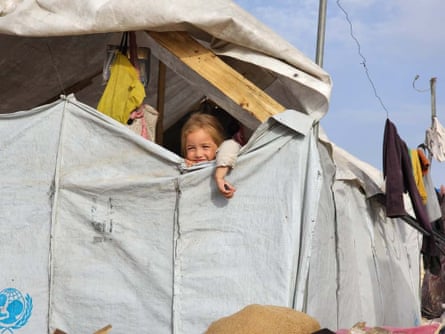
-
A girl looks out of her tent in Khan Younis, 23 May 2024
The most dangerous place she had worked, she said, was at Gaza port, where Israeli patrol boats would regularly strafe the shore with machine-gun fire.
In the apartment where the family stayed in Gaza City, one room facing the sea had a bullet hole in the wall. Tantesh’s father would bar his children from going in there when there was shooting, but she would often tiptoe to take photos from its vantage point over the beach.
Earlier in the year, the family returned to Beit Lahiya in the north and Tantesh’s pictures recorded the bitter homecoming. She and her sister tried to find their family house amid the ruins but finally had to be guided there by a neighbour because each flattened street looked like the next.
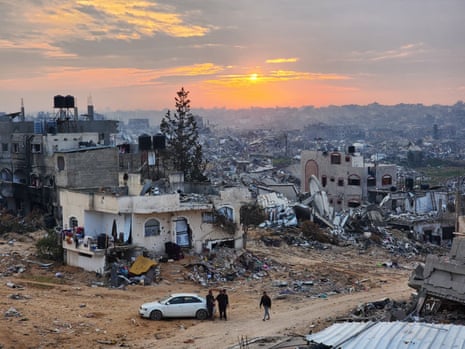
-
The sun sets over the destruction of Beit Lahiya, 3 February 2025
She and her sister climbed one of the few multistorey structures still standing, braving Israeli snipers to get a view of the desolation.
“Those photographs of my own home were the hardest I ever had to take,” Tantesh said.

.png) 1 month ago
43
1 month ago
43
